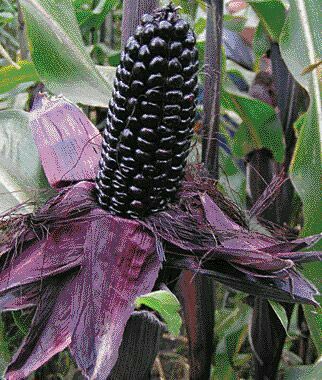In the world of culinary curiosities, one enigmatic gem stands out – black corn. With its striking dark hue, this rare variant of corn has captivated food enthusiasts and chefs alike, offering a unique twist to traditional dishes. In this article, we embark on a journey to explore the origins, nutritional benefits, and culinary applications of these intriguing black kernels.
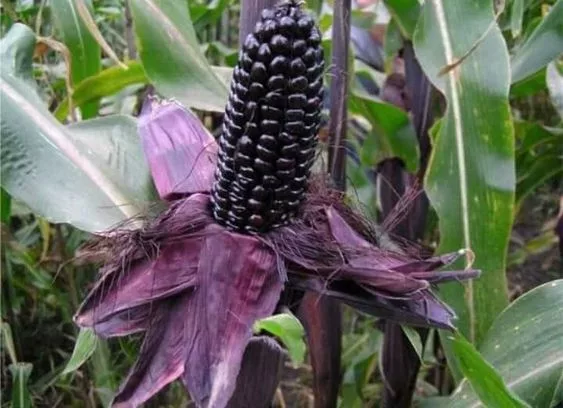
Black corn, also known as “purple corn,” is native to regions of South America, particularly Peru and Bolivia. It has been cultivated by indigenous communities for centuries, cherished not only for its distinctive color but also for its significant cultural and medicinal value. Passed down through generations, the cultivation of black corn remains deeply rooted in the traditions of these communities.
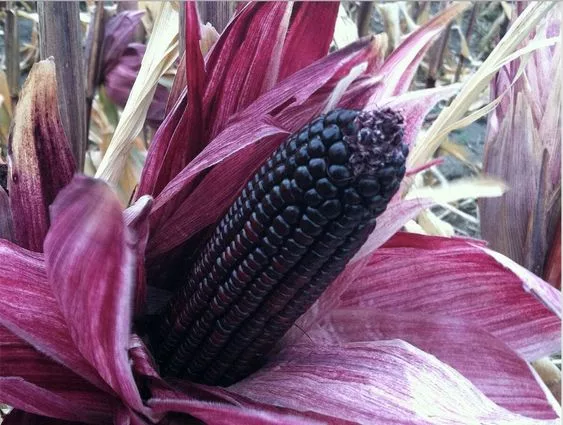
Unlike its common yellow or white counterparts, black corn boasts a rich, dark hue that sets it apart. This unique coloring is a result of the presence of anthocyanins, powerful antioxidants responsible for its vibrant pigmentation. Not only does it add an exquisite touch to dishes, but it also provides potential health benefits.
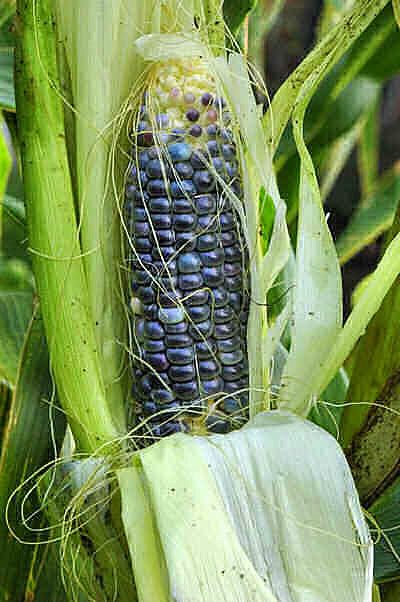
Black corn is not just a feast for the eyes; it is also a nutritional powerhouse. Packed with essential nutrients, this variant of corn contains higher levels of certain antioxidants compared to traditional corn varieties. Anthocyanins, in particular, have been associated with various health benefits, including improved heart health, reduced inflammation, and enhanced cognitive function.
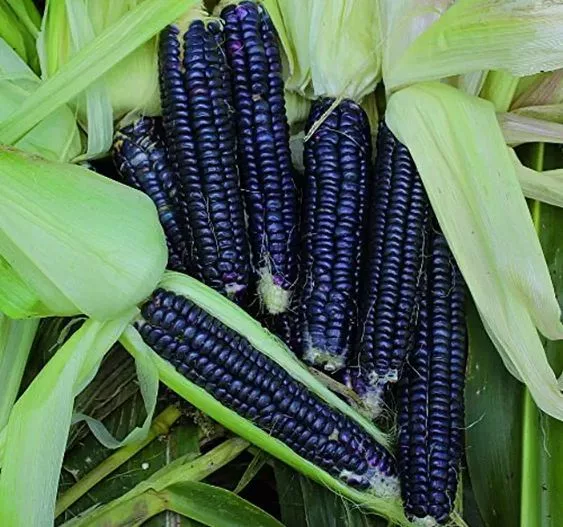
From traditional dishes to modern gastronomic delights, black corn has found its way into a myriad of culinary applications. In South American cuisine, it is a key ingredient in preparing chicha morada, a refreshing and vibrant purple corn beverage infused with spices and fruits. Additionally, black corn masa is used to make tortillas and tamales, bringing an alluring twist to classic dishes.
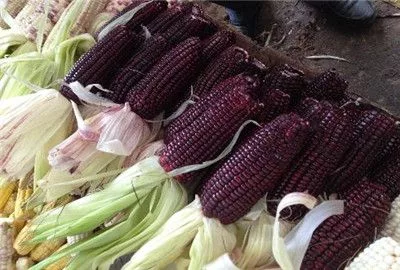
Beyond South America, innovative chefs worldwide have embraced black corn in their creations, incorporating it into salads, salsas, and even desserts. Its striking color and subtle sweetness make it an intriguing element in fusion cuisine, stimulating the imagination of food lovers and pushing culinary boundaries.
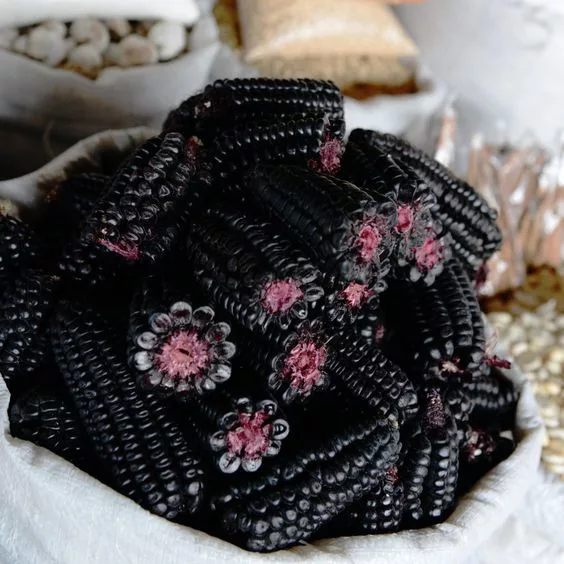
Black corn’s emergence in the culinary scene has shed light on the rich diversity of ingredients available worldwide. With its captivating appearance and exceptional nutritional profile, this unique corn variant continues to inspire chefs and home cooks alike to experiment with new flavors and create extraordinary culinary experiences. As we celebrate the wonders of black corn, let us relish the beauty of nature’s offerings and savor the delightful experiences it brings to our plates.